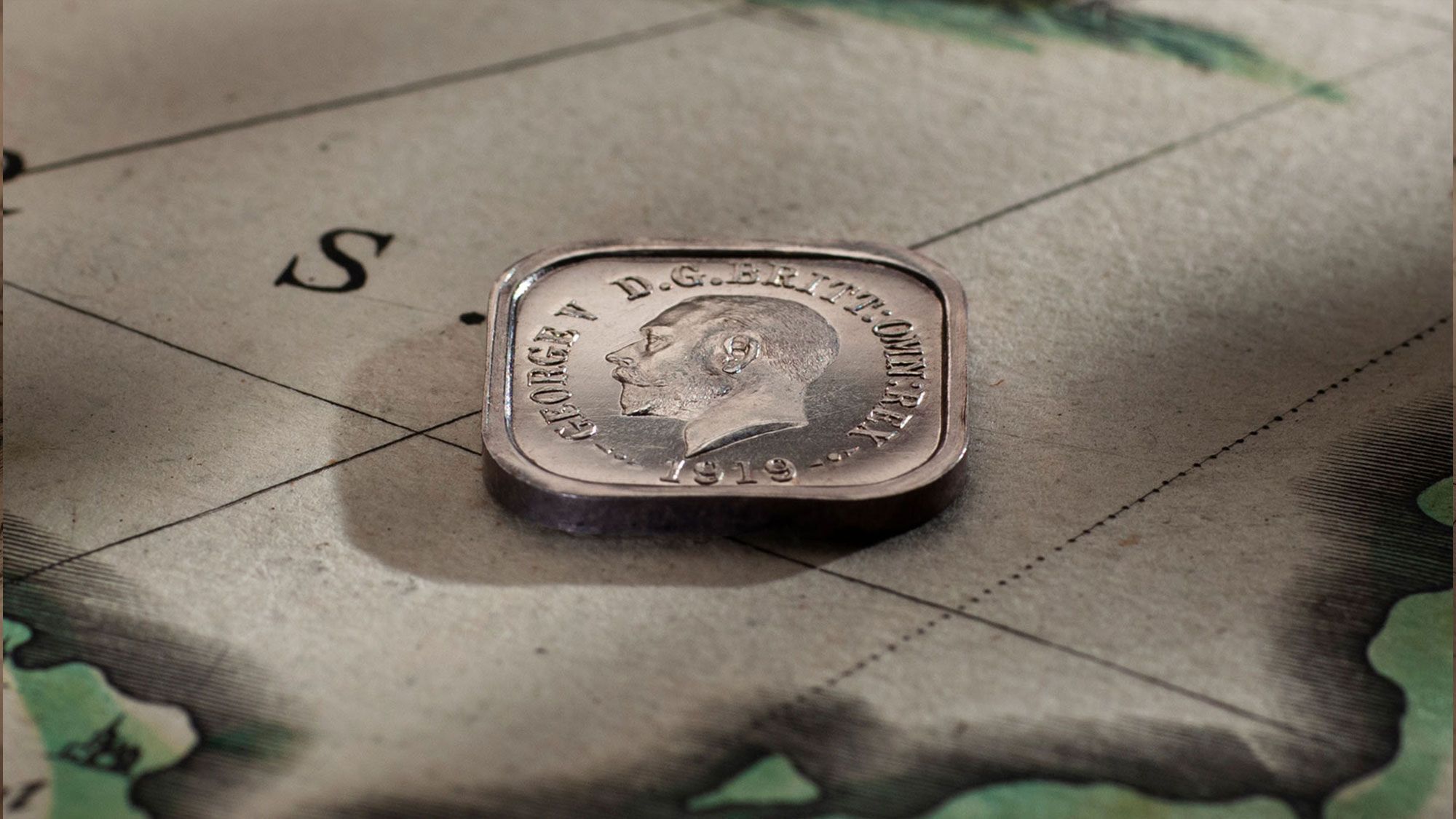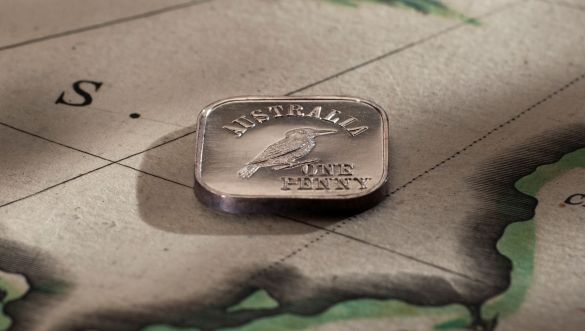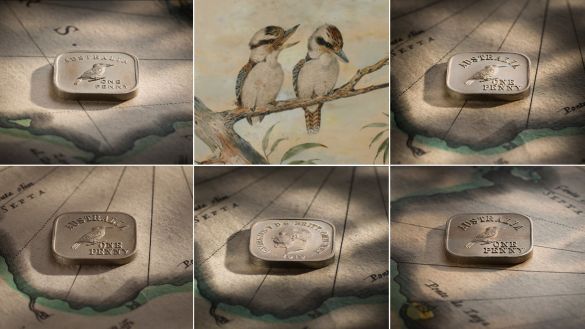Unique 1919 Square Penny struck in Sterling Silver



The Le Souef influence
Albert Le Souef was Deputy Master of the Melbourne Mint between 1919 and 1926. Aside from his professional involvement in the industry at the Melbourne Mint, Le Souef was also a passionate collector. He amassed a magnificent collection that was almost entirely donated to the Museum of Victoria.
His love of silver coinage was the driving force behind the striking of three Square Pennies in Sterling Silver. All dated 1919. The first was struck depicting the Type 4 design. A second depicting the Type 5 and the third the design of the Type 6.
We have handled them all. Each is unique. And each is stunning. They look as though they were struck to proof quality.
Aside from the three Sterling Silver Square Pennies, we have had a lot of experience buying and selling coins that have showed the Le Soeuf influence. They are all stand-out coins quality-wise. And they have inherent rarity.
We recall the copper proofs of Roy Farman (1920, 1926, 1927, 1928, 1932 and 1936). When they came onto the market in 2000, they were dubbed 'super-proofs' due to their remarkable state. The supreme quality was said to have been due to the involvement of Le Souef in the striking who was a close colleague of Farman.
And then there is the Proof 1920 Shilling. It is unique. Originally held by Le Souef, the coin was later acquired by Syd Hagley and is magnificent. Described as being struck from fully polished dies and in a brilliant state, it was offered at a Sydney Auction in 2008 and was acquired by Coinworks for $65,000.
(If you think about it, a Mint Master is never going to have his name attached to a coin that is sub-standard. A Mint Master would only ever want to be connected with the very best in quality and rarity.)
An opportunity that may never come again
The opportunity to acquire this 1919 Type 4 Square Penny struck in Sterling Silver warrants very serious consideration.
The coin is unique. And while we acknowledge that there is a Type 5 and a Type 6 that has also been struck in Sterling Silver, their availability is in serious doubt.
The 1919 Type 6 Square Penny is held by a Perth collector as part of the thirteen-coin 'Kookas in the Cathedral' complete Square Penny Collection. It took nearly ten years to put this collection together (such is the scarcity of the pieces) and the owner has vowed that the collection will never be broken up .. if indeed it will ever be sold.
The 1919 Type 5 Sterling Silver was owned by a member of a leading Sydney family. The family of the owner (now deceased) has decided that his coin and banknote collection will be held in perpetuity in his memory.
Our politicians grand plan for a new coinage
The Melbourne Mint commenced striking Australia's Commonwealth copper pennies in 1919. No sooner had the mint started issuing the coins, than it was directed by Treasury to commence testing an entirely new penny concept, a square coin made from cupro-nickel.
The introduction of the Kookaburra Square Penny underpinned an attempt by the then Labor Government to stir up national sentiment post World War I. To evoke the great 'Aussie' spirit.
If you think about it. Putting the nation’s native bird - the kookaburra - onto a coin was a no-brainer to achieving that goal. A drastically changed shape, a square. And a new metal, cupronickel was part of the total package to maximise impact on the population.
The proposal was contentious in that the monarch, King George V, was to be depicted on the obverse without a crown. Some say it was the rumblings of a Republican movement way ahead of its time.
Tests commenced at the Melbourne Mint in 1919 with the test pieces ultimately passed to dignitaries and Government officials to assess their reaction.
Sadly, in 1921 and after three years of testing, the scheme fell apart. The response to Australia’s square coinage was poor with widespread public resistance to change and people generally rejecting the small size of the coins.
However, the final decision not to proceed seems to have been based mainly on another consideration – the large number of vending machines then in operation requiring a circular coin.
The Square Pennies that remain today are relics of our past, and the sentiment that they stir up in the current market is collector sentiment, driven by their novel shape and their extreme rarity.
© Copyright: Coinworks

